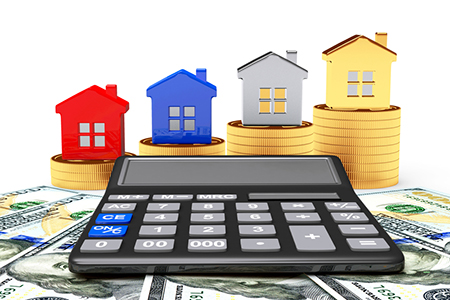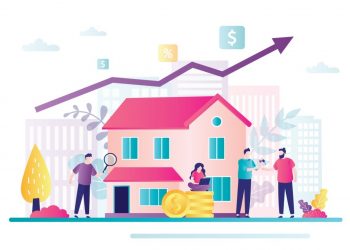NAHB analysis of the Census Bureau’s quarterly tax data shows that $524 billion in taxes were paid by property owners over the four quarters ending in Q1 2016. This represents a $22 billion—or 4.4 percent—increase over the previous trailing four quarters, the largest percentage increase since 2009.
Property taxes accounted for 39.3 percent of state and local tax receipts, the largest share among major sources over the past four quarters, followed by individual income taxes (28.7 percent), sales taxes (27.7 percent), and corporate taxes (4.3 percent).
The first quarter of 2016 marked the first time since 2010 that four-quarter property tax revenues grew faster than sales tax receipts. Though the growth of the more-volatile income and sales tax receipts has moderated in recent quarters, the growth rate of 12-month property tax collections remains robust. This rate has increased every quarter but one since Q3 2014, and the ratio of property tax revenue to total tax revenue from the four aforementioned sources remains more than two percentage points above its pre-housing boom average of 37 percent.
The share of property tax receipts among the four major tax revenue sources naturally changes with fluctuations in non-property tax collections. Non-property tax receipts including individual income, corporate income, and sales tax revenues, by nature, are much more sensitive to fluctuations in the business cycle and the accompanying changes in consumer spending (affecting sales tax revenues) and job availability (affecting aggregate income). In contrast, property tax collections have proven relatively stable, reflecting the long-run stability of tangible property values as well as the smoothing effects of lagging assessments and annual adjustments.
This post was originally published on NAHB’s blog, Eye on Housing.











